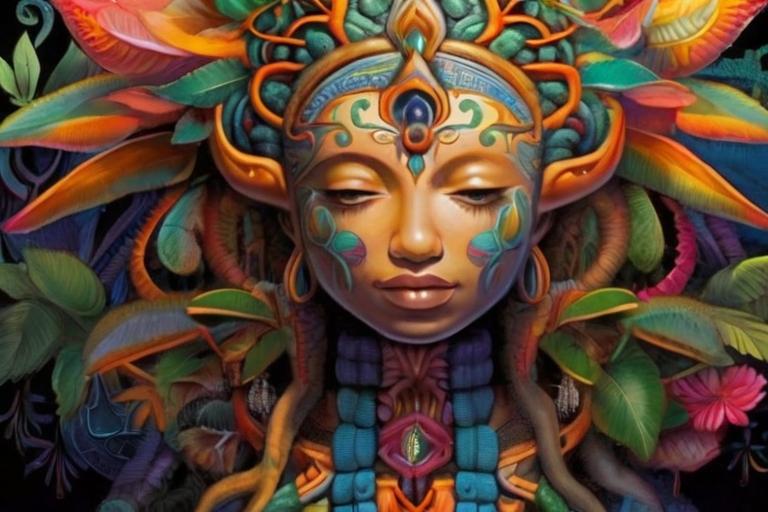Unlocking the Secrets of an Ancient Healing Ritual
In Costa Rica, amidst the vibrant biodiversity of the tropical rainforest, lies a practice that has gained both fame and notoriety—Ayahuasca ceremonies. This mysterious brewed is administered by shamans in rituals deeply rooted in the ancestral cultures. As its popularity surges, we delve into the intricacies of how these ceremonies unfold, the mystical phenomena they encompass, and the risks that accompany this therapeutic journey.

Ayahuasca Ceremonies: A Glimpse into Ancient Healing
Originating from the rituals of the native peoples of the Amazon, ayahuasca ceremonies were once integral to various aspects of life, from rites of passage to seeking the favor of the gods. Today, proponents claim that these ceremonies offer a transformative journey into non-ordinary states of consciousness, fostering self-healing, self-knowledge, and cathartic releases of emotional and spiritual blockages.
What is Ayahuasca? Unraveling the Potion’s Power
Ayahuasca, a psychoactive concoction, is the result of decocting the ayahuasca plant with chacruna leaves. It induces alterations in perception and cognition, opening doors to realms of the mind often closed by self-defense mechanisms. Shamans assert that it brings buried traumas and conflicts to the surface, offering a unique opportunity for resolution and self-discovery.
Ayahuasca Ceremonies Unveiled: A Step-by-Step Exploration
Start of the Ceremony: Participants are prepared for the intense emotional journey ahead, forewarned of purges—vomiting, sweating, and other bodily releases—considered integral to the healing process.
Harmal and the God Molecule: Before ingesting ayahuasca, participants consume a drink based on the harmal plant, acting as an inhibitor to an enzyme that blocks dimethyltryptamine (DMT), the compound responsible for hallucinations.
First Intake of Ayahuasca: Lights are dimmed, candles are lit, and the shaman initiates the ritual, blowing tobacco smoke into the ayahuasca bottle. Attendees begin a journey of introspection, often accompanied by physical purges.
Second Shot of Ayahuasca: An hour later, participants take a second dose, deepening their experience. Emotional reactions vary, from fear and anxiety to euphoria, as the shaman plays instruments to enhance the atmosphere.
Culmination and Calm: The effects gradually subside, leaving participants in a state of calm. The ceremony concludes with attendees sharing their experiences, fostering a sense of communal understanding.
Ayahuasca: Not Without Risks
While many attest to positive experiences, caution is warranted. Ayahuasca is not a recreational substance; ceremonies can be emotionally intense, and physical purges are commonplace. Moreover, it is not without risks. Individuals with a history of psychopathology, such as schizophrenia or bipolar disorder, may experience severe and irreversible psychotic symptoms.
Incompatibility with psychotropic drugs and potential adverse reactions with pharmacy medications underscore the need for caution. Scientific research on ayahuasca’s therapeutic benefits is ongoing, with promises of potential applications for mental health disorders. However, the lack of comprehensive scientific data necessitates prudence, recognizing the inherent risks associated with this ancient practice.
As Ayahuasca ceremonies continue to capture the curiosity of seekers and the medical community alike, their complex tapestry of healing and risks unfolds against the backdrop of Costa Rica’s enchanting rainforests. The delicate dance between tradition and modern understanding beckons further exploration into the mysteries of this ancient healing potion.
